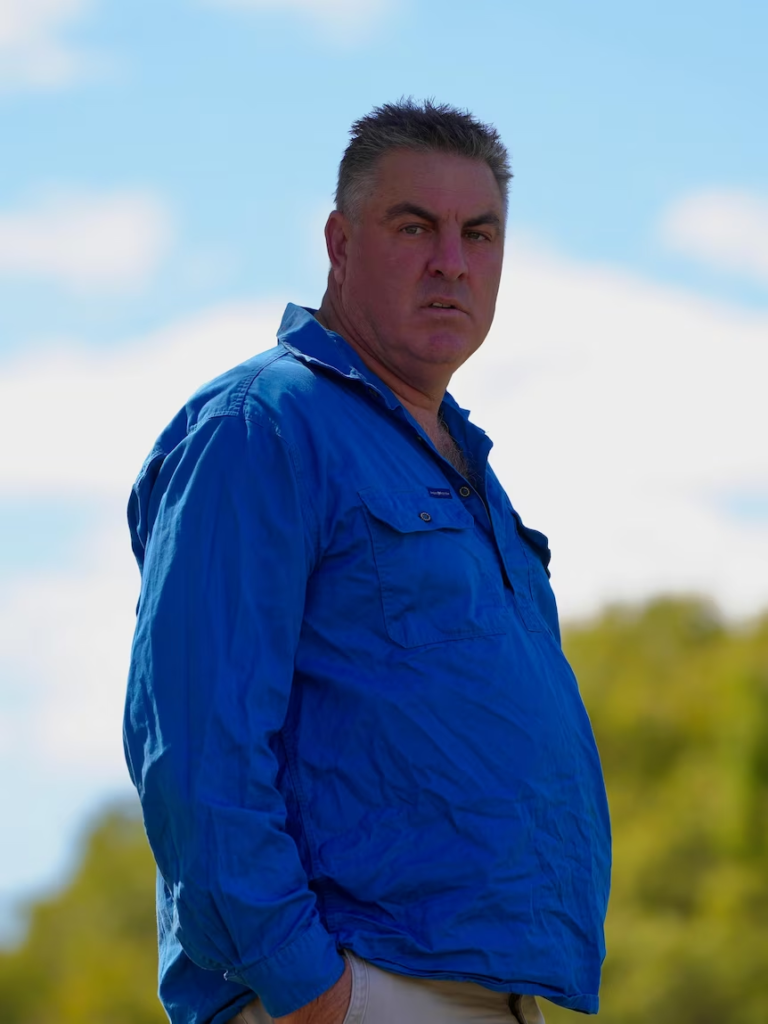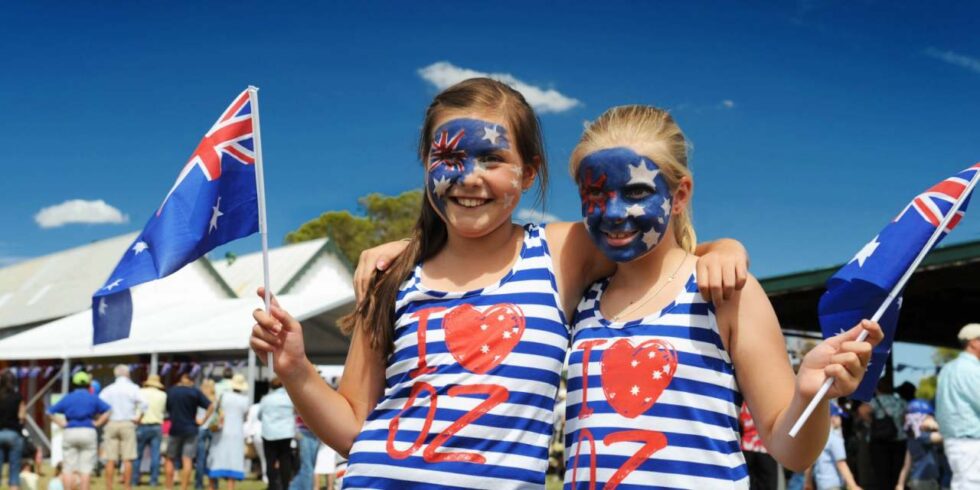Two months after tens of millions of native fish died on the Darling River at Menindee, an independent review has been launched to find the cause of the event.
The Office of the NSW Chief Scientist and Engineer (OCSE) will spend the next three months researching and preparing a report for the state government, while a group of external experts and a community panel of locals will also contribute.
“Hopefully [we’ll] explore some strategies to stop it from happening again,” NSW Deputy Chief Scientist Dr Darren Saunders said.
The OCSE will travel to Menindee later this month to hear from residents face-to-face.
“We’ll probably make multiple visits to sort of understand all of the local concerns and questions that exist,” Dr Saunders said.
The review will be informed by scientific measures, such as data on temperatures and water flow, while also hearing firsthand accounts of what residents observed.
It will also try and assess if the actions of government agencies contributed to the event, and the effectiveness of the response in the immediate aftermath.

‘No trust in water authorities’
Menindee resident Graeme McCrabb says the government faces a long road in rebuilding community trust after years of frustration over the river system’s management.

“There’s absolutely no trust in water authorities,” he said.
“It was utter chaos and certainly that played a role in the fish kills that we had.
“There’s absolutely no faith in water agencies at the moment, but I think chemical residues and how the lakes are managed will be front and centre.”
Dr Saunders says he is aware the team will have to overcome the distrust many in Menindee have towards the government.
“We already have a pretty good understanding there’s a deep cynicism in the community and probably a deep loss of trust in various agencies around this,” he said.

Truth ‘is in the pudding’
Rob Gregory heads the local tourism association and is hopeful the review will uncover the cause behind the mass fish kill.
“There’s certainly a lot more interest in what happened this time,” he said.
But while a number of recommendations from a report handed down in the wake of 2018/2019 fish kills had not been adopted, he remained cautiously optimistic.
“The truth is in the pudding … it’d be nice to see a different angle on it and see things get implemented,” Mr Gregory said.

He would like to see a balance struck between river uses both up and down the system, but acknowledged it was a hard note to strike.
“A fix would be nice so this doesn’t happen again,” Mr Gregory said.
NSW Water Minister Rose Jackson said the review would be completed and released by August 31.



